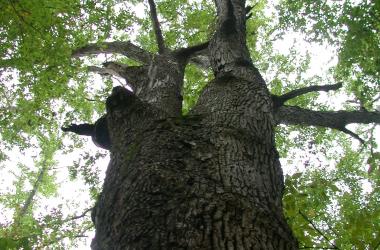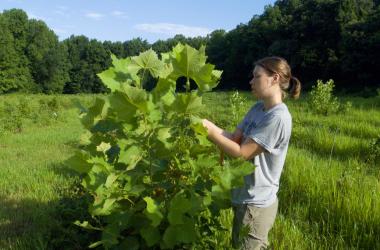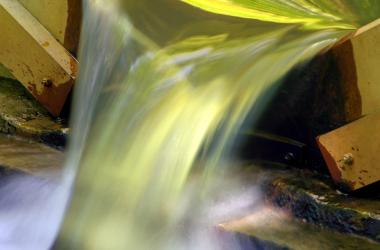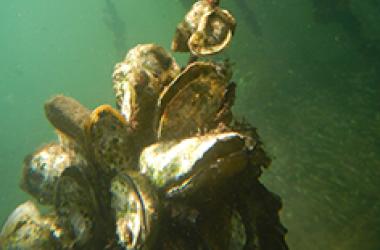Nothing on Earth occurs in isolation. To fully understand what is happening to a species, a chemical, or a body of water, scientists need to study ecosystems—communities of interacting organisms and their environments.
Ecosystems can vary in size, from a single tidal wetland to the Amazon Rainforest. There can also be ecosystems within ecosystems. The Chesapeake Bay contains seagrasses, marshes, saltwater ecosystems, and freshwater ecosystems, sheltering different species, or sometimes sheltering the same species at different stages of life. Regardless of size, ecosystem research focuses on connections. Rather than examining a single species or a single pollutant, scientists work to understand everything that impacts that species or pollutant, and everything it impacts in its turn.
At SERC, scientists study the most connected ecosystems on Earth: coastal ecosystems. SERC researchers look at the links between the land and the sea, and how humanity is shaping both environments. They study the flow of nutrients and greenhouse gases through various ecosystems. They look at how ecosystems function as a whole, and the different niches each species occupies in the larger picture. They even examine how climate change and other environmental stressors can transform a population’s genes, and what genetics can tell us about how species are adapting—or failing to adapt—to environmental change.








